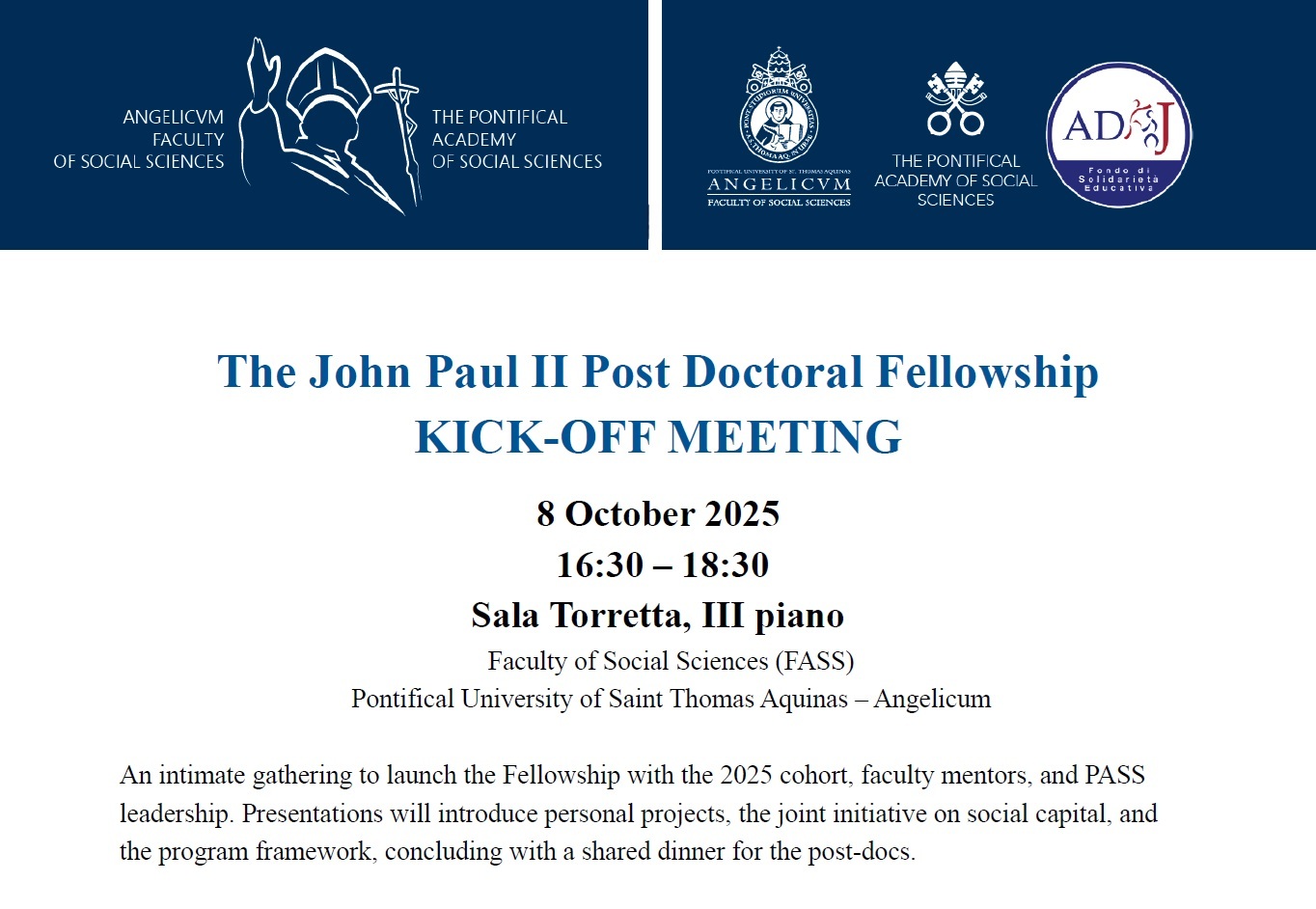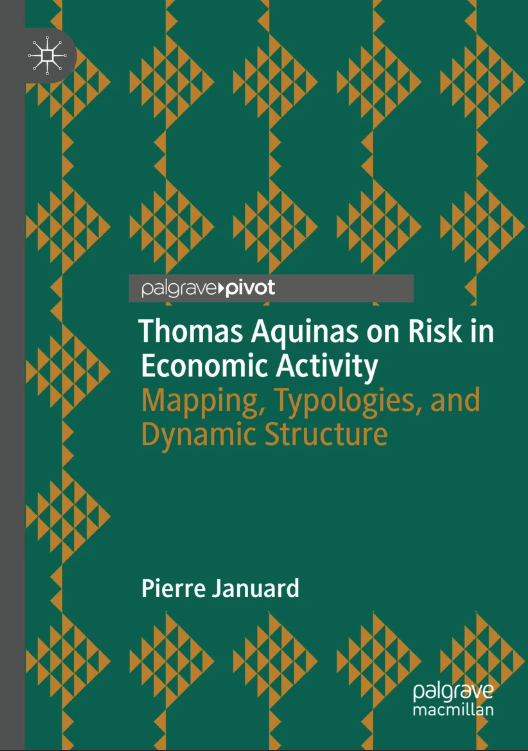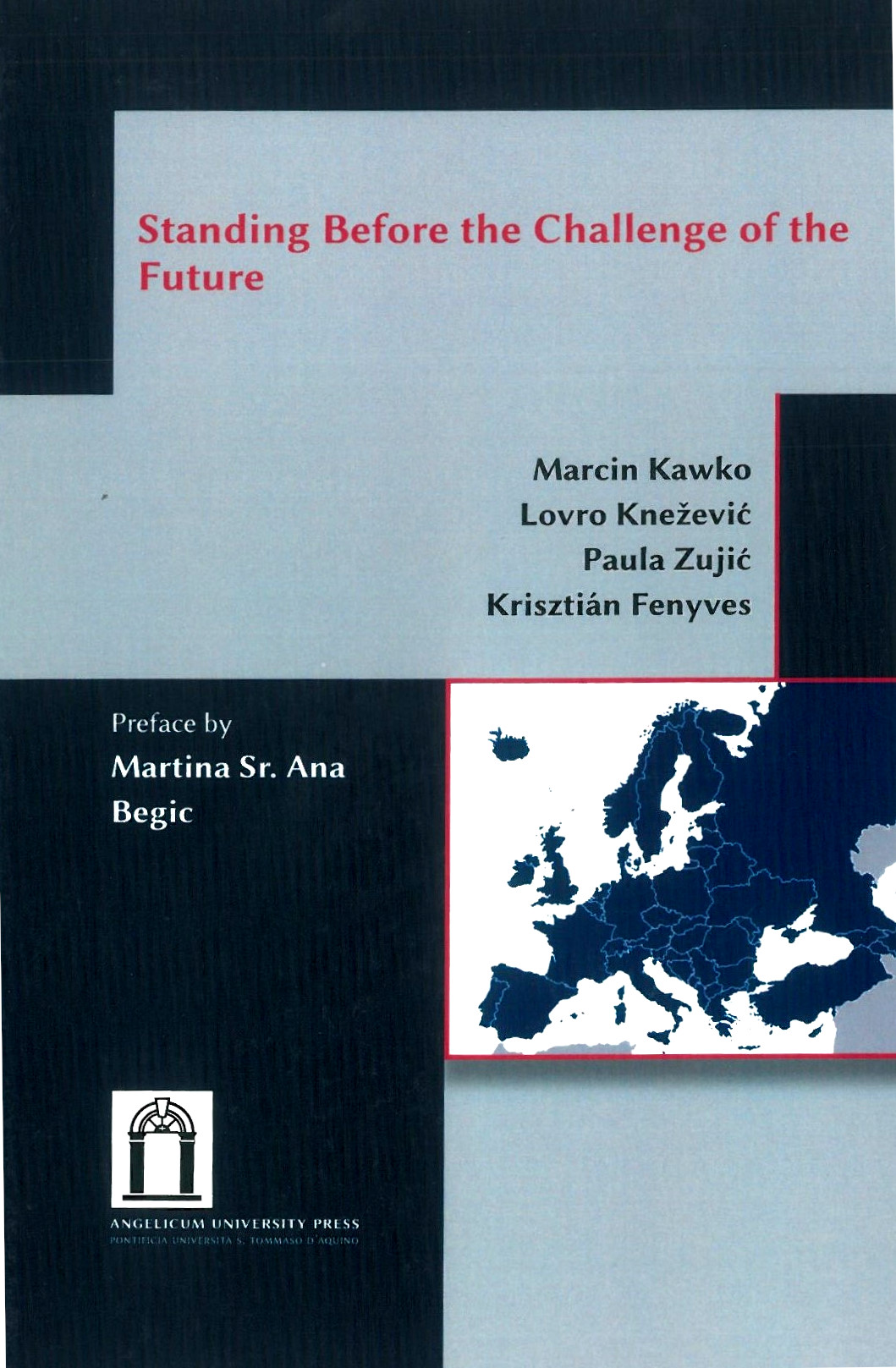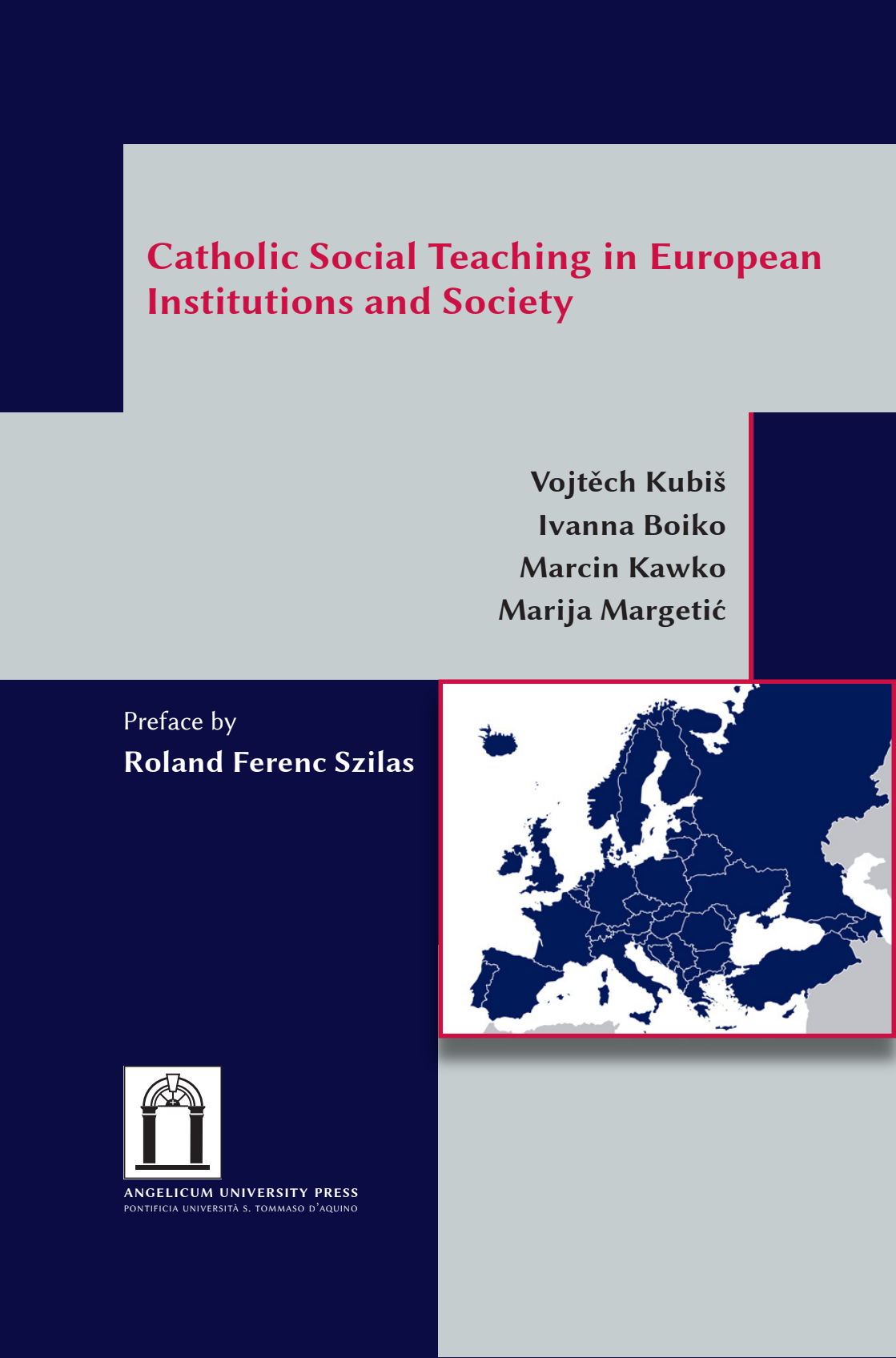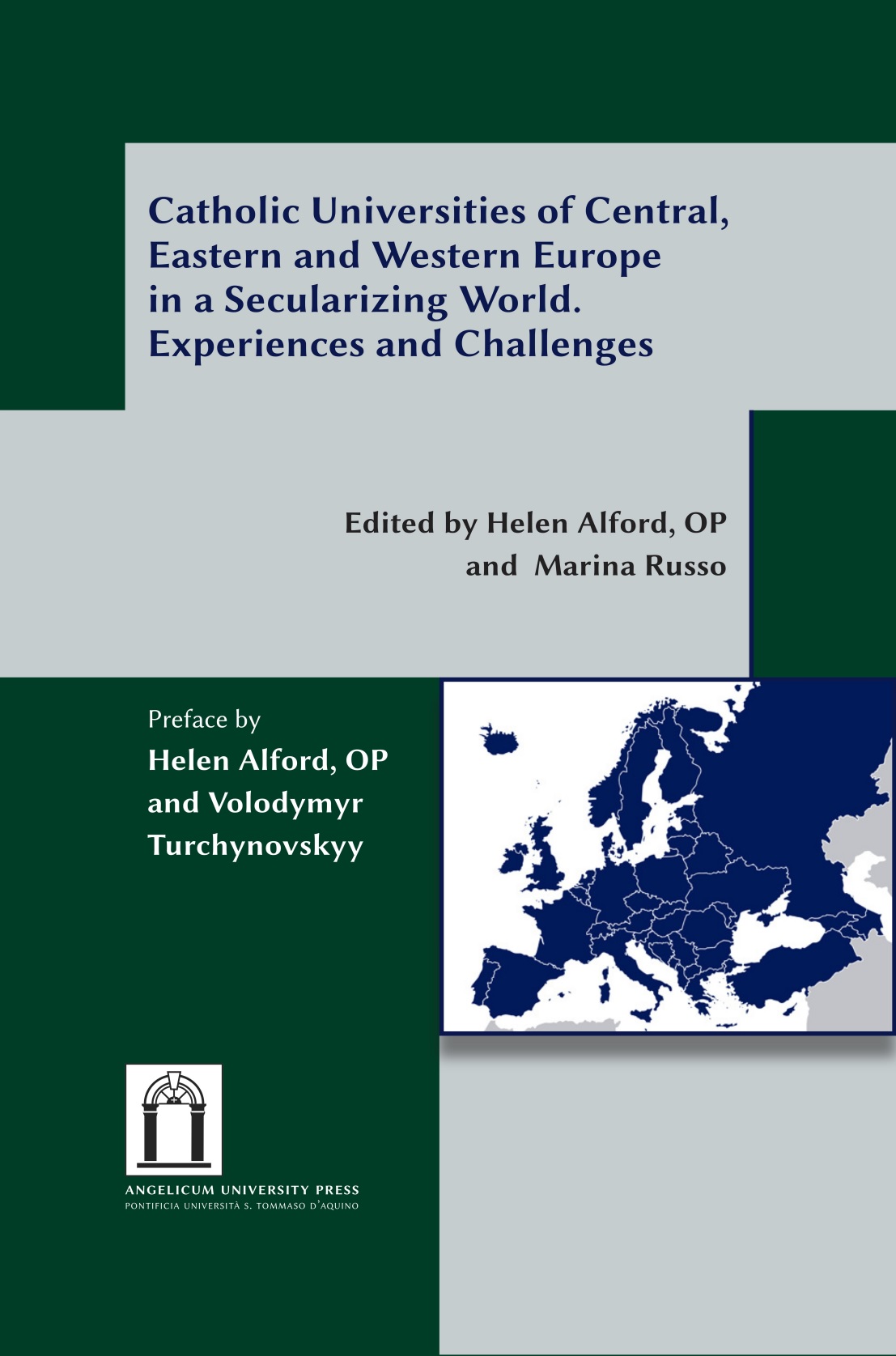|
Family Farms in Poland Adam Koziołek |
As stated in Polish Constitution, a family farm is a base of Polish agriculture system (Art. 23 of the Constitution). On the other hand, the Act on the formation of agricultural system dated on Apr 11, 2003 defines the family farm as maintained by an individual farmer with the total surface of their utilised agricultural area no bigger than 300 ha.
Reports prepared by Statistics Poland [GUS] which describe Polish farmlands define them as ‘individual farms’. For GUS, a farm is maintained by a natural person and its surface is equal or bigger than 1 ha of utilised agricultural area [UAA], and farms with surface below 1 ha of UAA specialising in agricultural production on a significant scale, including special branches of said production.
Domination of small farms
As of 2018, there are 1 420 668 family farms in Poland which constitutes 99,9 % of all farms (table 1). In total, they use 12 994 478 ha of utilised agricultural areas i.e. 96 % of all utilised agricultural areas in the country.
Table 1 Individual farms in Poland by area categories
| Categories of utilised agricultural areas |
Number | % |
| Total | 1421742 | 100,0 |
| Up or equal to 1 ha | 24077 | 1,7 |
| 1–2ha | 4959 | 20,0 |
| 2–3ha | 190886 | 13,4 |
| 3–5 ha | 257910 | 18,1 |
| 5–7 ha | 156741 | 11,0 |
| 7–10 ha | 157992 | 11,1 |
| 10–15 ha | 141825 | 10,5 |
| 15–20 ha | 70478 | 5,0 |
| 20–30 ha | 63030 | 4,4 |
| 30–50 ha | 42073 | 3,0 |
| 50–100 ha | 21504 | 1,5 |
| 100–200 ha | 7416 | 0,5 |
| 200–300 ha | 1779 | 0,1 |
| 300–500 ha | 710 | 0,0 |
| 500–1000 ha | 312 | 0,0 |
| exceeding 1000 ha | 52 | 0,0 |
Source: GUS, data as of 2018, blue coding – individual farms that are not family farms in accordance with the Act on the formation of agricultural system
It is worth mentioning that more than a half (51,5%) of individual farms in Poland utilise no more than 5 ha which is a sign of considerable agrarian fragmentation. From 5 to 10 utilise 22,1 % of agricultural holdings whereas more than 10 ha and no more than 15 ha – comprises 10.5% of holdings. There are 5 % of agricultural holdings with 15 and no more than 20 ha, from 20 and no more than 30 ha – 4,4% , from 30 ha and no more than 50 ha – 3 %. Merely 3 % of Polish individual holdings utilise from 50 to 300 ha. The average surface of an individual holding amounts to 9,51 ha, excluding holdings of less than 1 ha – 9,67 ha. It should be noted, however, that official data does not include the scale of the so called unofficial lease. The majority of smaller farmlands (surface 15 to 20 ha) is unofficially rented which enlarges medium size holdings. Unfortunately the scale of this phenomenon has not been measured for farmers themselves rarely officially admit to leasing land.
Most agricultural holdings is in the following voivodeships: Mazowieckie (15% of all holdings in the country), Lubelskie (around 13%) and Małopolskie (around 10%) (central and south-eastern parts of country). Conversely voivodeships with the smallest amount of holdings are the following: Lubuskie (1,4%), Opolskie (close to 2%) and Zachodniopomorskie (2%) (west and south-west). Holding structure is regionally-differentiated. The biggest participation of holdings of area up to 2 ha of UAA in the total number of holding in the voivodeship scores is noted in the South i.e. in the Podkarpackie i Małopolskie voivodeships whereas the smallest in Podlaskie and Zachodniopomorskie ones. Conversely, the biggest amount of holding if the surface more than 50 ha is located in the following voivodeships: Wielkopolskie, Zachodniopomorskie and Śląskie, and the smallest in Świętokrzyskie and Małopolskie Voivodeships. It needs to be emphasized that current agrarian conditions of family holdings in Poland is still considerably affected by historically shaped development (both 19th century Partition of Poland and also those linked to 2WW and communism).
30 % of holdings maintain themselves from farming only
In the current socio-economic circumstances, the lease has gained more influence on the form of utilising lands by family holdings. Since 2016 restricted regulations has been in effect in Poland regarding farmlands market which contributed to stagnation in prices of farmlands and at the same time focus on the lease as a primary form of land management. The aforementioned lands are legacy after state collective farms eradication in the 90s. Land belonging to state resources is usually not for sale.
Based on the research conducted by the Institute of Agricultural and Food Economics [IERGiŻ] it is estimated that around 20 % of holdings in Poland use own or leased land. Among holdings of above 20 ha of utilised agricultural area, more than a half is arranged in the model of own and lease land. Among operators of area of at least 50 ha land is lease by nearly 70 % of farmers.
Even after ceasing their agricultural activities, holding owners do not dispose of their lands but instead rent them out, and it is more and more frequent among their successors. Farmers lease land not only from private owners but also from the State through The Agricultural Property Agency.
Despite arrested growth of farmland prices in Poland in recent years, it is considerably expensive in Poland in relation to revenue from agricultural holdings. 1 hectare of an arable land on private markets, this means if both a seller and a buyer are farmers, its average cost amounts to around 48 000 PLN (around 10910 euro). The average income from individual agricultural holdings in 2018 amounted to 2715 PLN/ha (around 617 euro). To buy the hectare of land Polish farmer would have to dedicate their income from almost 18 ha which, in the situation when the area of the majority of Polish holdings does not exceed 15 ha, is practically unfeasible. It is worth mentioning that an average income from family farm per full-time employed person is smaller than an average annual net income in national economy by 26,5 % (GUS, as of 208).
More than 90 % of individual holdings in Poland operates in the model of productive assets transferred to the next generation.
It needs to be emphasized that agricultural activity is the main source of income, this is to say a source of income exceeding 50 % of income in total, for merely 1/3 of holdings. Apart from agricultural activities, additional source of income for farmers are the following: activity as an employed person, annuity and pension (around 30 %) and extra agricultural activities.
Around 3% of holdings operate in sectors different than agricultural sectors but directly connected with an agricultural holding. Among the most popular the following can be enlisted: service activities with use of own equipment (agricultural and non-agricultural services), agro-tourism and produce processing.
Natural persons living out of agricultural activities do not pay an income tax. They are liable, however, to a rural tax which depends on the quantity, type and quality of utilised agricultural area. It constitutes an equivalent of around 2,5 dt of rye per ha per year (131,23 PLN/ha which is around 30 EUR/ha in 2018). Farmers operating in special branches of agricultural production are liable to an additional personal income tax. Farmers operating in agriculture can account for VAT with normal tax rules applied or use VAT exemption by taking the status of the so called flat-rate farmer.
Grain crops/ Cereal domination
 Nearly 84 % of holdings in Poland operate chiefly in grain cultivation which constitute around 72 % of total cropped area. On the second position there are industrial plants (10,6 %), and then fodder plants – 9,4 %. Similar sowing model, although detrimental from agricultural engineering angle, is a consequence of selecting those crops by farmers that are most profitable.
Nearly 84 % of holdings in Poland operate chiefly in grain cultivation which constitute around 72 % of total cropped area. On the second position there are industrial plants (10,6 %), and then fodder plants – 9,4 %. Similar sowing model, although detrimental from agricultural engineering angle, is a consequence of selecting those crops by farmers that are most profitable.
Among grain crops the most popular is wheat which occupies more than 34 % of area for grain sowing, triticale in sown on the 18 % of area. In the total sown area 2,7% is for potato-growing (it decreases annually), and 2,5 % of legumes for grain. Industrial plants, including rapeseed and turnip rape are cultivated on the area of around 9,7 %, and fodder plants (altogether with mixture of cereal and pulses for the production of grain) – 9,4%. Sugar beet is cultivated by around 33 000 of individual holdings, and an average cultivation area is 7,3 ha. The amount of growers is decreasing year by year, however, the area of cultivation per holding is increasing. After the abolition of sugar quotas the cultivation of sugar beets is becoming less profitable in Poland.
Around 900 000 of holdings own meadows, and permanent pastures are owned by 115 000 holdings. On average, there are around 3 ha of pasture and 3 ha of meadow per holding.
In recent years, dynamic modernisation, intensification and specialisation of agricultural production have been observed, and alongside its regionalisation. Intensive crops growing, especially wheat and sugar beet and rapeseed, has been more and more frequent in the south-eastern and western part of the country and Żuławy and Warmia regions.
On the other hand, central, eastern and northern parts of Poland are lands with predominant rye, cereal mixtures and corn cultivation, whereas orchards and fruit plantations are based in Lublin, Mazowsze (Grójec region) and Ziemia Sandomierska, Łódzkie voivodeship to Greater Poland belt.
Switch from pigs to cattle
Despite significant fluctuations of milk prices worldwide, family farms in Poland are interested in cattle farming. Total cattle population (as of 2018), according to GUS, amounts to 6,2 mln heads and exceeds by 2,4 % population as of December 2017. The results of examination of cattle population conducted by GUS in December 2018 shown that holdings of livestock farming of above 20 heads/animals were located in 77,1 % of country population in which holdings above 100 heads contained 19,7% of population. Milk production in 2018 amounted to 13768 millions litres, and an average annual milk yield per cow was at the level of 5747 litres. Dairy farming is based mostly in Podlaskie, Mazowieckie, Warmińsko-mazurskie and Wielkopolskie voivodeships. The Polish pain point is milk overproduction, and 30-40 % needs to be exported. It affects buying-in prices since dairies (especially dairy cooperatives) are highly dependent on retail sector that impose unfavourable dairy sales conditions.
As cattle population is on the increase, animal of porcine species is decreasing. As of December 2018, it amounts to 11 millions animals and is 7,4 % smaller than a year ago. Apart from pigs for slaughter, the population of all porcine species is declining p.a. The greatest decline is observed in the number of gestating sows, breeding sows and piglets. It is a sign of progressing resignation of farmers from piglets farming and switching focus on pigs for fattening by means of imported piglets, inter alia, through animal husbandry.
As indicated by GUS, nearly half of pigs population is farmed in holdings owning 100 animals and more. Farming of animals of porcine species is based mostly in Łódzkie, Wielkopolskie and Kujawsko-Pomorskie Voivodeships.
The decline of pigs population derives from stamping-out of flocks due to occurrences of African Swine Fever and due to implementation of biosecurity requirements to prevent flocks from that disease. Some farmers resign from pigs production and switch to fattening cattle production. Historically it should be pointed out that there was a long period of buying-in low prices between 2006 and 2010 which discouraged farmers from this sort of production. It was also due to the fact that the biggest meat establishments were sold to American (Smithfield) and Danish (Danish Crown) companies.
EU support
Since Poland’s accession to EU the financial support for farmers from Union funds has been one of the key factors in the increase of farmers’ income, especially direct payments. However, it needs to be noticed that as a result of agrarian fragmentation (namely a considerable amount of small holdings), level of aforementioned payments is lower in Poland than in the rest of EU countries. According to estimations of the Institute of Agricultural and Food Economics, 2/3 of Polish farmers receives in direct payments the sum not exceeding 5000 PLN per year, i.e. around 400 pln per month. During 2019 campaign, there were 1335 thousands applications for direct payments. The direct payment system is complementary with other forms of support for agriculture and rural areas within the frames Pillar II of the Common Agricultural Policy [CAP], namely European Agricultural Fund for Rural Development (EAFRD). Among others the aid in the form of:
- Restructuring measures, including for example support for small holding farmers, small holdings restructuring;
- Investments, including for example aid for young farmers, agricultural holdings modernisation, support for processing agricultural retail included,
- Agri-environmental measures and support for less favoured areas [LFA], NATURA 2000;
- Support for groups and organisations of agricultural producers.
As a consequence of Union subsidies there were investments with facilitated access to loans. Last 2 years of draught, buying-in low prices of pigs until 2018, dairy market crisis contributed to the fact that many farmers ran into debts and struggle with payments. As per Biuro Informacji Gospodarczej [Translator note: Polish institution collecting data about recalcitrant debtors], 3,8 % have difficulties with timely repayments, namely loan instalments and all kinds of invoices 9 data as of first half of 2019). Individual farmers owe 501 millions PLN to various institutions, and if on top of that we add consumer loans, it will increase by 460 millions pln in arrears, which adds up to more than 960 millions PLN in total (around 218 millions euros).
Adam Koziołek
 IT
IT  EN
EN 
